Investing in an Approved Retirement Fund (ARF) can be a smart way to manage your retirement savings in Ireland.
However, understanding how to access funds from your ARF can sometimes be confusing.
If you wonder “Can I access my pension?”, then start by contacting your ARF provider to understand their specific withdrawal procedures, which typically involve completing necessary paperwork and providing identification and proof of your ARF balance and other necessary details.
In this step-by-step guide, we’ll walk you through the process of accessing your ARF funds to ensure you can enjoy your retirement to the fullest.
What is an ARF?
An Approved Retirement Fund (ARF) is a flexible investment option for individuals who have retired and have already taken a tax-free lump sum from their pension fund.
ARFs allow you to continue to invest your retirement savings and withdraw money as needed, offering greater control over your retirement income.
Step 1: Understand the Rules and Regulations
Before accessing funds from your ARF, it’s essential to understand the rules and regulations governing these funds in Ireland. Here are some key points to consider:
- Minimum Withdrawal Requirement: You are required to withdraw a minimum amount from your ARF each year. For individuals under 71, this is typically 4% of the value of the ARF. For those aged 71 and over, the requirement increases to 5%. If the total value of your ARF and vested PRSAs exceeds €2 million, you must withdraw at least 6% annually.
- Tax Implications: Withdrawals from your ARF are subject to income tax, USC (Universal Social Charge), and PRSI (Pay Related Social Insurance) where applicable. It’s crucial to factor in these tax implications when planning your withdrawals.
Step 2: Determine Your Financial Needs
Before making any withdrawals, assess your financial needs.
Consider your monthly expenses, planned purchases, and any other financial obligations.
This will help you determine the amount you need to withdraw from your ARF.
Step 3: Contact Your ARF Provider
Once you’ve determined your financial needs, contact your ARF provider to discuss your options.
They will provide you with the necessary forms and guide you through the withdrawal process.
It’s essential to have all your documentation in order to avoid any delays.

Step 4: Complete the Withdrawal Forms
Your ARF provider will require you to complete withdrawal forms, specifying the amount you wish to withdraw and the frequency of withdrawals (lump sum or regular payments).
Ensure all information is accurate and complete to expedite the process.
Step 5: Consider the Timing of Your Withdrawals
Timing your withdrawals can have significant tax implications. For example, withdrawing larger sums in a single tax year might push you into a higher tax bracket.
Consider spreading your withdrawals over multiple years to potentially reduce your tax liability.
Step 6: Monitor Your ARF Balance
Regularly monitoring your ARF balance is crucial to ensure that your funds last throughout your retirement.
Keep track of your investments’ performance and adjust your withdrawal strategy if necessary.
Many ARF providers offer online portals where you can easily check your balance and investment performance.
Step 7: Seek Professional Advice
Accessing funds from your ARF involves various financial and tax considerations.
Consulting with a financial advisor can help you navigate these complexities and ensure you make informed decisions that align with your retirement goals.
Common Questions About ARF Withdrawals
Can I withdraw all my money from my ARF?
Yes, you can withdraw all your money from your ARF at any time.
However, doing so will trigger income tax and other charges, which can significantly reduce the amount you receive.
What happens if I don’t withdraw the minimum amount?
If you fail to withdraw the minimum required amount each year, Revenue may impose penalties.
Your ARF provider is usually responsible for ensuring the minimum withdrawals are made, but it’s wise to stay informed and proactive.
Are there any fees for withdrawing from my ARF?
Withdrawal fees can vary depending on your ARF provider.
Review your provider’s fee structure to understand any charges associated with accessing your funds.
Conclusion
Accessing funds from your ARF in Ireland involves several steps, from understanding the regulations to carefully planning your withdrawals.
By following this guide and seeking professional advice, you can make the most of your ARF and enjoy a financially secure retirement.
Remember to regularly review your financial plan and adjust as needed to ensure your retirement savings continue to meet your needs.
Photo Credit: Depositphotos
Discover more from Zena's Suitcase
Subscribe to get the latest posts sent to your email.







